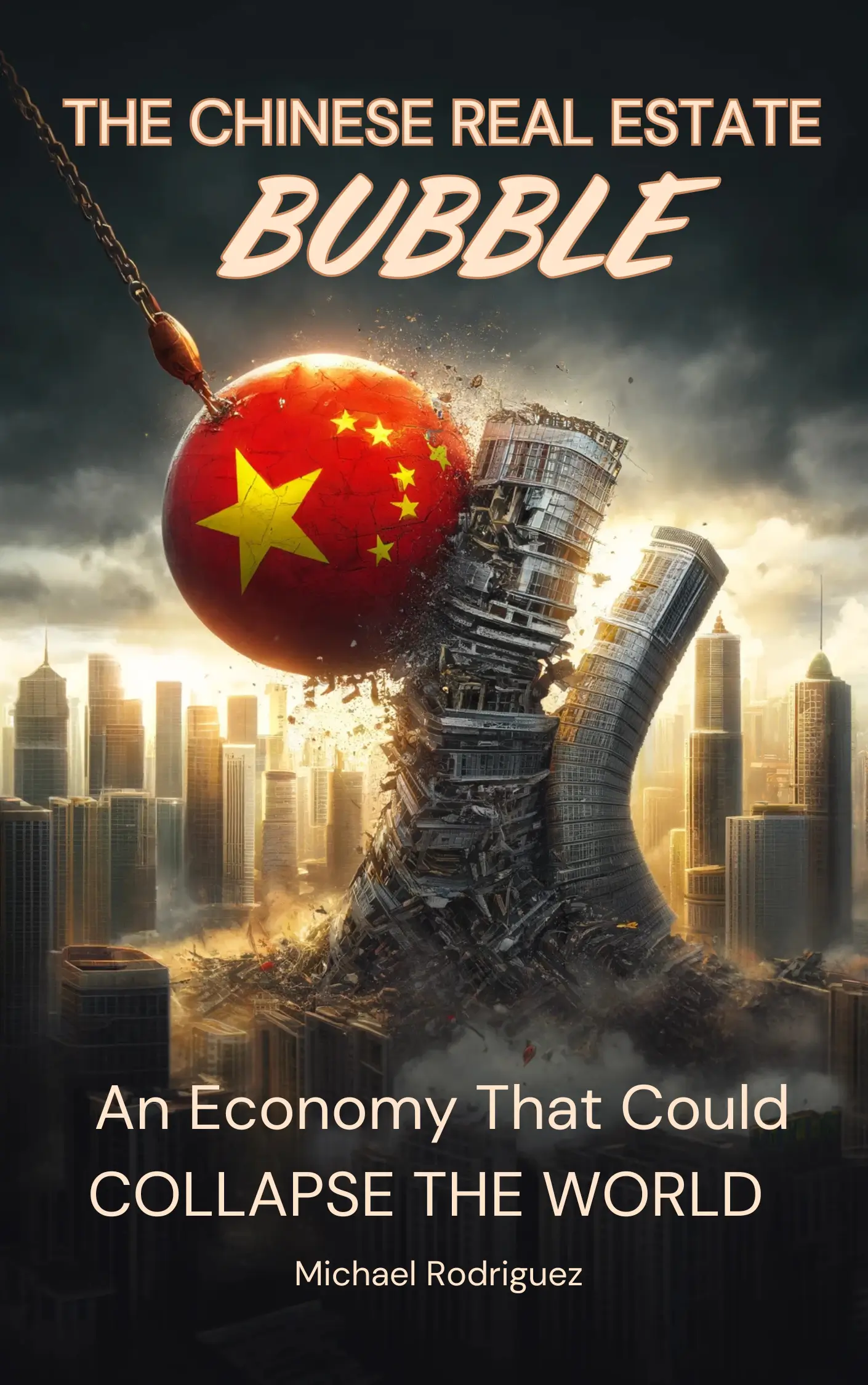The Chinese Real Estate Bubble
An Economy That Could Collapse The World

By Michael Rodriguez
About the Book
When was the last time you heard about China? Was it about their technological advancements? Their economic growth? Or perhaps their real estate market troubles?
“The Chinese Real Estate Bubble” takes you behind the façade of the Middle Kingdom’s prosperity to reveal a giant that could collapse at any moment. This meticulously researched book explains the preconditions for a deep economic crisis in China, discusses how critical the decline might be, and most importantly, how it will affect all our lives, regardless of where we are geographically located.
With little hyperbole and substantial data, Rodriguez unveils the real process that has already begun and is unfolding right before our eyes. The conclusion is sobering: without exaggeration, none of us will be spared from the consequences of this impending crisis.
Why This Book Matters for American Readers
Before diving into the details of the Chinese crisis, let’s discuss why this topic should concern you if you live in the United States:
- China is the second-largest foreign holder of American government debt, with more than $1 trillion
- Trade between the U.S. and China amounts to about $690 billion annually
- American companies like Apple, Nike, and Starbucks derive a significant portion of their revenues from China
- China has accounted for about 30% of global economic growth over the past decade
The Chinese crisis is not just their internal problem but a full-scale economic storm that will inevitably reach American shores.
What You’ll Discover
- The shocking scale of China’s real estate bubble, with prices in major cities increasing by more than 600% since 2000
- How Deng Xiaoping’s economic reforms transformed China but laid the groundwork for today’s crisis
- The unique presale system that turned Chinese real estate into a massive financial pyramid
- The story of Evergrande and other developers whose collapse threatens the entire Chinese banking system
- How China’s demographic crisis exacerbates the real estate problem
- Three possible scenarios for how the crisis might unfold and impact the global economy
- Why China continues building “ghost cities” despite vacant housing for 65 million people
- How commodity markets, supply chains, and financial systems worldwide would be affected by China’s downturn
Key Insights
- The average price-to-income ratio in Beijing and Shanghai exceeds 40, compared to around 10 in New York
- China’s real estate sector accounts for about 29% of GDP, while in the United States this figure does not exceed 15-17%
- More than 70% of Chinese household wealth is concentrated in real estate, compared to approximately 35% in the United States
- The “three red lines” policy introduced by Chinese regulators has pushed many developers to the brink of bankruptcy
- China’s working-age population peaked in 2011 and is projected to decrease by 200 million by 2050
About the Author
Michael Rodriguez is a renowned economic analyst and researcher specializing in global financial markets and their impact on the world economy. With extensive experience studying international economic systems, Rodriguez offers a unique perspective on financial bubbles and structural economic imbalances.
His previous works include “Stoicism in Business,” “Technological Breakthroughs of World War II: How War Changed Our World,” and “Silver Empire: The Forgotten Metal That Powers Modern Civilization.”
Share This Book
Available Now
Get the Book - Universal Book Link | Apple Books
First edition: January 2025
Published by Resource Economics Press
New York • London • Singapore
ISBN: 979-8230107064 (Hardcover)
ISBN: 979-8227986191 (eBook)